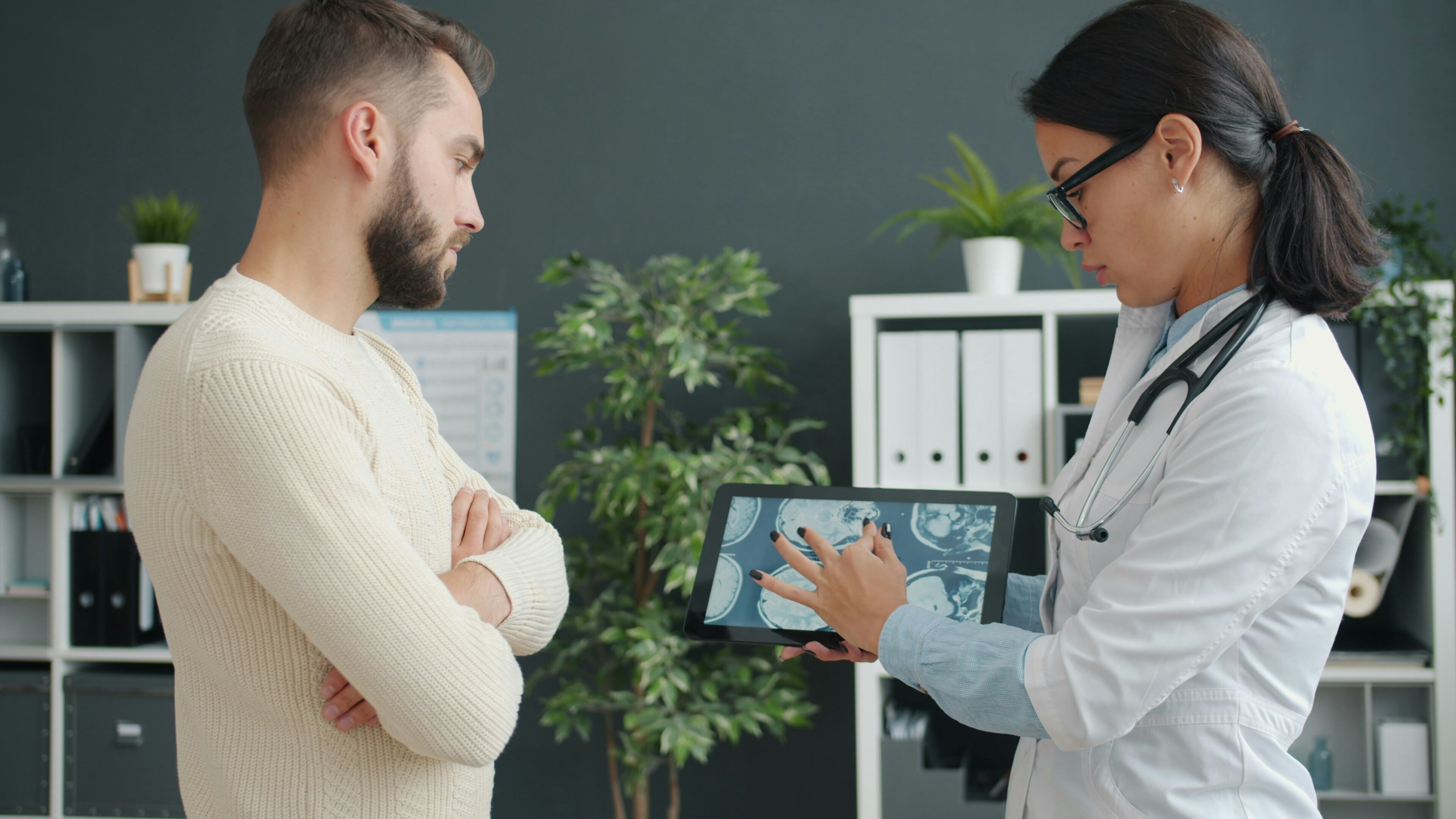3 ways transportation systems are adapting to the coronavirus crisis - and what we can learn

People buy bread from a bus delivering food after Jordan announced it would extend a curfew indefinitely, amid concerns over the spread of coronavirus disease (COVID-19), in Amman, Jordan March 24, 2020 Image: REUTERS/Muhammad Hamed - RC2BQF93NR2M
- In the wake the coronavirus outbreak, we've learned transportation ecosystems aren't either “publicly” or “privately” owned.
- Transportation systems must adapt quickly.
- A holistic view of our transportation system can ensure we maintain our resiliency.
- Digitisation and connectivity will be key to enabling a seamless mobility system moving forward.
At times of emergency, we all realize just how important the seamless urban movement of goods truly is. People need a study supply of food, medical supplies and emergency goods with minimal delays or restrictions. Mobility service providers’ (MSPs) responses to COVID-19 have shown us that with the right blend of mobility options and through public-private partnerships, people can travel safely to where they need to go, and deliveries can be made on time.
While in the past years we have seen the rise of mobility as a service (MaaS) notions, the COVID-19 pandemic has served as an opportunity for the MaaS ecosystem to solidify and demonstrate its value. Although still evolving, below are a list of lessons learned about the rapid response of our 21st century agile new mobility system, exposed through our adaptation to a deadly virus:

No longer “private” versus “public” mobility options
In response to COVID-19 we’ve seen people donating their cars to community actions, buses delivering equipment to staff at hospitals, and micro-mobility used by on-duty first responders. When our population is in crisis we become much more ingenious about how to get people and things where they need to go. Crisis helps streamline our approaches and we no longer think about whether a car 'is mine' but how that car help the community.
It's not just during pandemics that we can think creatively about using all the parked cars or buses on fixed empty routes, we can do this all the time. We can’t let these lessons go to waste, we are all connected, we are all trying to make this world a little better so that we can all have peaceful, seamless, lives. A private-public mobility partnership seems to be the right way forward.
It is no news that the true environmental, economic and societal cost of cars have long been compensated for using public funds, and that transit has been directly subsidized using tax-payers money. But somehow mobility ownership and purpose, which once faded into the background, has been brought to the forefront by the crisis. Let’s keep it the way it really is: a public-private partnership mobility ecosystem.
An integrated movement of goods and people.
Who would have ever thought that a bus would be the best option to deliver food supply in a city in distress? Who ever said that an e-bike is designed for fast food? During the coronavirus crisis we’ve seen doctors electrifying their one-person rides to reach hospitals. We should clearly stop segregating the movement of people and goods when, clearly, both are designed to serve us humans in the best available way. The more integrated our mobility system will be, the more efficient it will become.
Agile mobility: An intra-modal and inter-modal seamless commute.
When disaster strikes, our lives stop their normal rhythm and are forced to follow a new temporary norm. In the case of the Coronavirus pandemic, social isolation is seen as the solution to qual the outbreak. The next disaster, whatever it may be, pandemic or climate change, our mobility system needs to be agile enough to adjust to the change while guaranteeing public safety and the continuous movement of people and goods.
Transit is the backbone of a sustainable urban mobility system, it is the lifeline of the movement of people; but it was never perfect, and therefore other mobility options kept emerging over the past decade. There is probably no silver bullet, and mobility options need to vary in order to serve everyone. How we link these options makes a big difference: demand-oriented and seamlessness are key. We have observed MSPs that enabled “contact-less” deliveries (e.g. Deliveroo) and payments (e.g. Beijing transit), “protected” rides (e.g. Didi), and readily available micro-mobility services expanded to where they are most needed (e.g. Jump and Lime). Only a mobility system that is meant to serve varying needs and can be tailored accordingly can be resilient and sustain its ability to move people and goods at any time.
If this pandemic will teach us anything it is that our urban mobility system will play a huge role in determining whether we prevent future emergency scenarios, like pressing climate change impacts. These learnings can lead to essential best-practices to ensure our mobility system remains sustainable and resilient.
Don't miss any update on this topic
Create a free account and access your personalized content collection with our latest publications and analyses.
License and Republishing
World Economic Forum articles may be republished in accordance with the Creative Commons Attribution-NonCommercial-NoDerivatives 4.0 International Public License, and in accordance with our Terms of Use.
The views expressed in this article are those of the author alone and not the World Economic Forum.
Stay up to date:
Global Health
Forum Stories newsletter
Bringing you weekly curated insights and analysis on the global issues that matter.
More on Health and Healthcare SystemsSee all
Mansoor Al Mansoori and Noura Al Ghaithi
November 14, 2025







